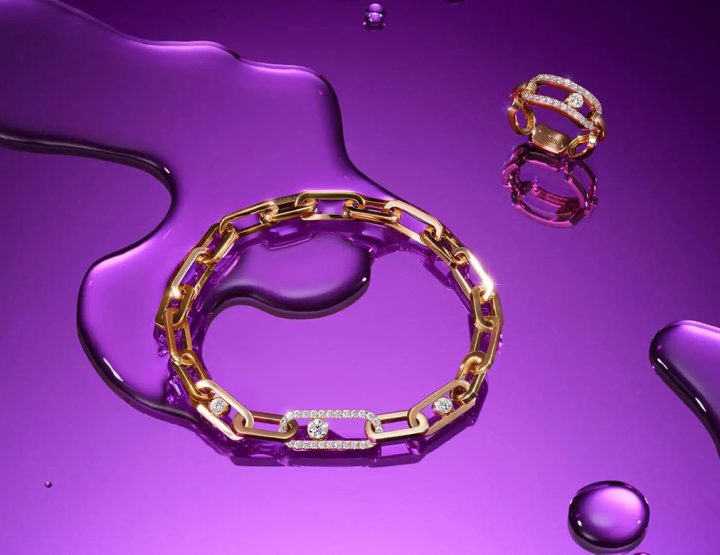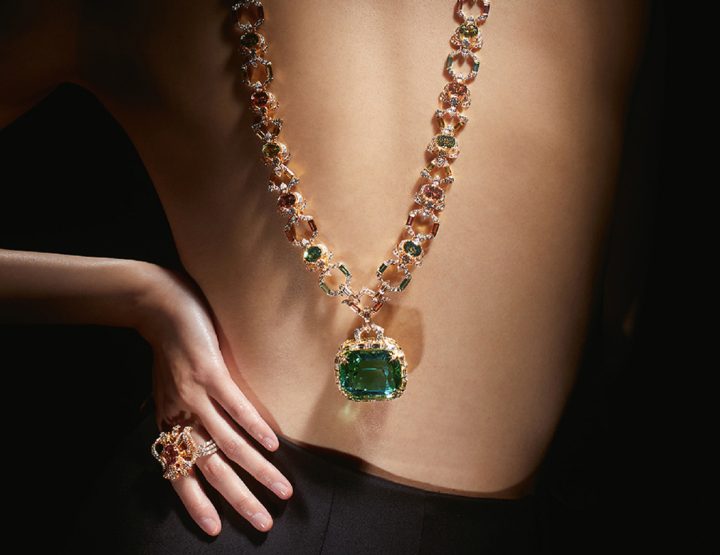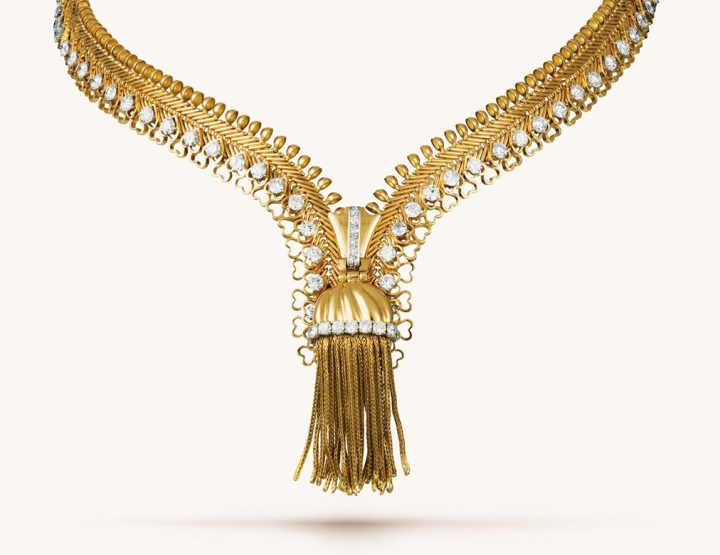The end of the First World War announced a rebellion against the profusions of the Edwardian and Belle Epoque eras. The First World War had devastated European cultural hubs, women filled industrial jobs left vacant by men who had gone to the front, and the nobility’s wealth had been severely eroded.
In this rapidly changing climate, the Art Deco design movement emerged. Art Deco was not actually used to describe the movement until many years after it ended.
However, the many and varied styles involved had a common thread which was not necessarily visible to the artists who were producing the works at the time they were working.
Many arts and crafts can be considered Art Deco: from fashion, furniture, architecture and home accessories to cars, theatres and, perhaps most notably, jewellery. Great examples of Art Deco architecture include, for example, Miami’s South Beach – a veritable Art Deco architectural treasure – and the Empire State Building in New York City.
Underlying the design style across all these disciplines was an acute awareness of modernity; the world was evolving rapidly, and the disciples of Art Deco were eager to celebrate everything new, futuristic and international.
To be labelled as ‘Art Deco’ between the late 1920s and 1930s meant to be considered luxurious, glamorous and optimistic about a future filled with innovations in transport, machinery and accomplishments of human engineering.
Today one accepts that Art Deco officially started with the “Exposition Internationale des Arts Décoratifs et Industriels Modernes” in Paris in 1925. The world had been without war for more than six years, and it bolstered a new era of artisans, visionaries and decision-makers.
Art Deco reacted to the previous Art Nouveau style’s inconsistent, almost mystical aesthetics.
Instead, it took inspiration from Cubism, with geometric shapes and bold colour combinations paired with industrial themes and contemporary crafting techniques.
It wasn’t unusual to see abstract and rigid forms alongside designs inspired by Ancient Egypt and the Far East, especially as advances in transport and archaeological excavations made the world feel smaller and more accessible. For example, in 1922, King Tutankhamun’s tomb was discovered for the first time, sparking an obsession with Ancient Egyptian motifs for Art Deco designers.
Despite the Great Depression of 1929, the world’s wealthy could still afford to invest in Art Deco fine jewellery from Cartier, Van Cleef & Arpels, Jean Fouquet, Jeanne Bovin, Boucheron, Chaumet and Lalique. Specific design themes emerged, from monochromatic combinations of ebony, ivory, onyx and rock crystal to boldly proportioned cabochons of jade, coral, rubies and emeralds.
The inter-war period also saw significant advances in diamond cutting; geometric baguette and emerald cuts were prominent, as were pave-set wraps of diamonds that created sparkling surfaces. Van Cleef & Arpels, for example, patented its ‘mystery’ diamond-setting style in 1933 at the height of Art Deco.
Art Deco jewellery quickly responded to the changing fashions of the era, allowing women to decorate bare arms and add drama to long, drop-waisted shift dresses. In the late 1920s, bracelet designs centred on narrow geometric links set with diamonds and coloured gemstones in a repeating pattern. Later, cuff designs in gold, silver and platinum emerged that told stories of ancient cultures through symbols, carved gemstones and enamel. As the scale of jewellery increased into the 1930s, so did the amount worn. Layers of bracelets on the wrist and wrapped around the upper arm reflected the era’s desire for fun, as did the revival of charm bracelets with elements that jingled as the wearer moved.
Cigarette cases and vanity boxes also skyrocketed in popularity, with many fine jewellery houses using lacquer, enamel and carved gemstones, such as carnelian, lapis lazuli and turquoise, to create scenes inspired by the cultures of China, Japan and India.
Long sautoirs are perhaps the most iconic jewellery style from the 1920s and 1930s, often adorned with a beaded tassel or oversized geometric pendant. Strands of carved beads and pearls were knotted around the neck or left to flow down the front and back of dresses to add drama. In contrast, unique bib necklaces offered pops of colour (emeralds, rubies and sapphires) in diamond-set, geometric designs that framed the face, often accompanied by clip earrings. Art Deco jewellery of the late 1920s and 1930s is both unique to the Art Deco design aesthetics and unique to the time in which it was created.
As a result, each surviving creation is a piece of art history, design history and social history, all wrapped up in diamonds, gemstones and precious metals.
All this makes Art Deco jewels timeless, which is why they are coveted by collectors worldwide today.














